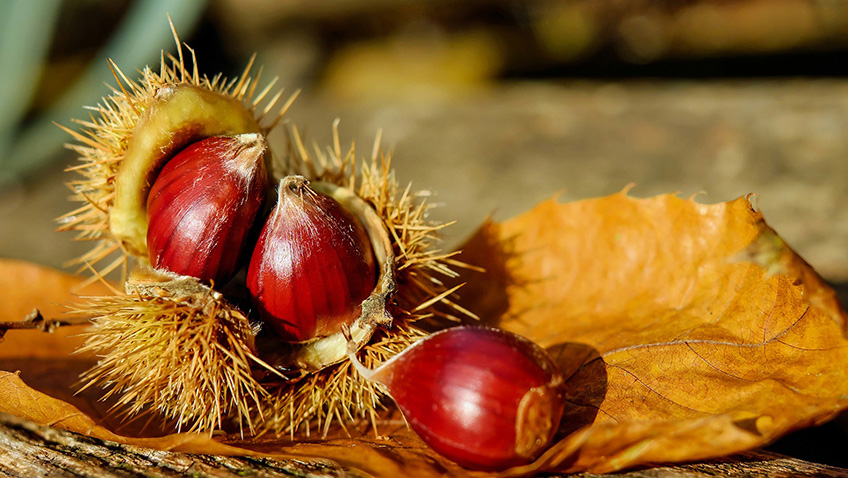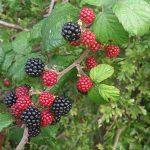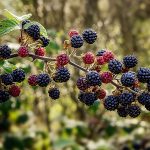According to the Meteorological Calendar we have just entered autumn, which means that summer has left us for another year. For many of us it doesn’t feel like we have had much of a summer this year with all the rain we saw, especially through August.
However, the rain has been beneficial in one way; it has provided a bumper crop of plump fruit, berries and nuts, whether in our gardens or in the hedgerows. Nature is so productive and so bountiful that now is a great time to get out in the fresh air and help yourself to some tasty treats that will cost you nothing but your time to acquire! Here are some of the great things you can go out and forage for at this time of year.
Let’s start with everybody’s favourite, the bramble or blackberry. This year there seems to be a bumper crop of juicy berries just waiting to be harvested. Take them home and make them into a tasty jam or bake an apple and blackberry pie – both are delicious. You can also spread them over your cereal in a morning to make a change to your usual breakfast. Just a tip when foraging for blackberries, try and target plants that are not close to a road as these will taste better having absorbed less of the pollutants that they are subjected to.
Going nuts
Another great foraging favourite in autumn is the sweet chestnut. Did you know that they are not a native species, having been introduced into this country by the Romans? They are absolutely delicious, especially when roasted over hot coals (remember to score a cross on them before cooking to stop them from exploding) and they are very nutritious. When you are looking for sweet chestnuts, make sure that they are properly ripe as unripe sweet chestnuts have very little flavour when cooked. You can generally tell when a sweet chestnut is ripe and ready as the spiky green shells will start to turn brown and split open. Just a word of advice when out foraging – don’t mistake them for horse chestnuts as these are inedible and also potentially toxic.
As well as being great roasted, you can use them in cooking to make puddings, pates or stuffings for meat and poultry, or you can make a sweet chestnut puree to use in deserts.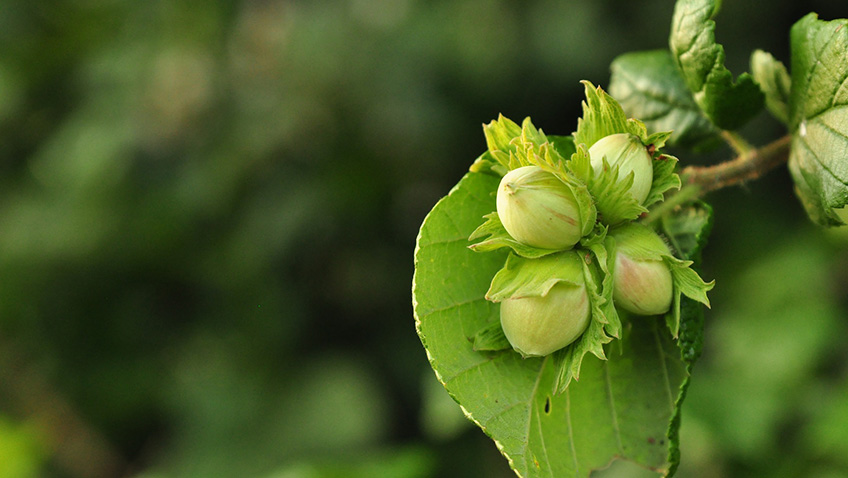
Another nut that is great for foraging at this time of year is the hazelnut, often also known as the cobnut. These can often be found in woodlands or hedgerows and are easily identifiable by their shape. They are oval and have hairy or pointed leaves and are delicious to just peel and nibble whilst you are out walking.
In fact this is a nut that is probably at its flavoursome best when picked green. Once picked, take them home, peel away the husks and then leave them somewhere safe to dry out a little. Inside a cardboard box in your airing cupboard is ideal but whatever you do, don’t leave them outside or in the garage, you might just find that they get “squirrelled” away. Once harvested the nuts are great to eat as a standalone snack, to put on your cereal for breakfast, add to salads or to turn into delicious and nutritious hazelnut butter.
Coming up roses
Here’s one that you might well remember your Granny foraging for in your childhood – rosehips. They are an old favourite because of their high vitamin C content. During the Second World War people were actively encouraged to forage for them and then sell them to the state for cash so that the syrup could be made and distributed, especially for babies and children.
They are easy to spot, being red and orange in colour and are the seed pods of the rose plants that are common to our hedgerows. They have been used in medicines for centuries and are particularly good at helping stave off winter colds. They make good wines, jellies and jams but are also great for making delicately flavoured rosehip syrup that you can drink as a cordial throughout winter. Oh, and did you know that children used to use the very thin hairs found inside the pods to make itching powder?
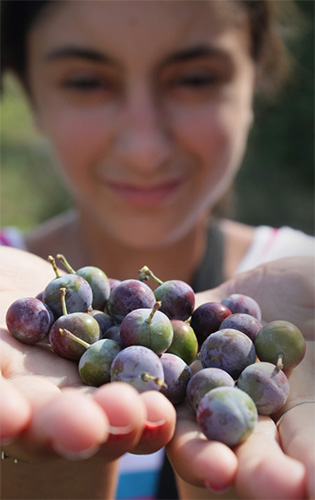 And now to my favourite – sloe berries. I love to pick sloe berries and make my own sloe gin which, if you do so now,will be ready for drinking at Christmas! Sloe berries are the fruit of the blackthorn and can be found in hedgerows around the country. A word of caution, if you are going to pick them beware of the unforgiving thorns – they can do you a bit of damage if you are not careful. Wearing a stout pair of gardening gloves may help avoid the pricking of your thumbs!
And now to my favourite – sloe berries. I love to pick sloe berries and make my own sloe gin which, if you do so now,will be ready for drinking at Christmas! Sloe berries are the fruit of the blackthorn and can be found in hedgerows around the country. A word of caution, if you are going to pick them beware of the unforgiving thorns – they can do you a bit of damage if you are not careful. Wearing a stout pair of gardening gloves may help avoid the pricking of your thumbs!
The berries are blue-black in colour and the bushes that I have seen so far this year are laden with the fruit. Some will only pick sloes once they have been subject to the first frost, but most take their picked berries home, put them in the freezer and then thaw them out to make their sloe gin – there’s plenty of recipes around for this. The resultant drink is a winter favourite. But a word of warning, don’t try to eat the berries – if you do you will get a very dry, unpleasant sensation in your mouth!
So, what are you waiting for? Get out there and see what you can find from natures larder and have fun foraging and using some of the great, free produce that is available!

